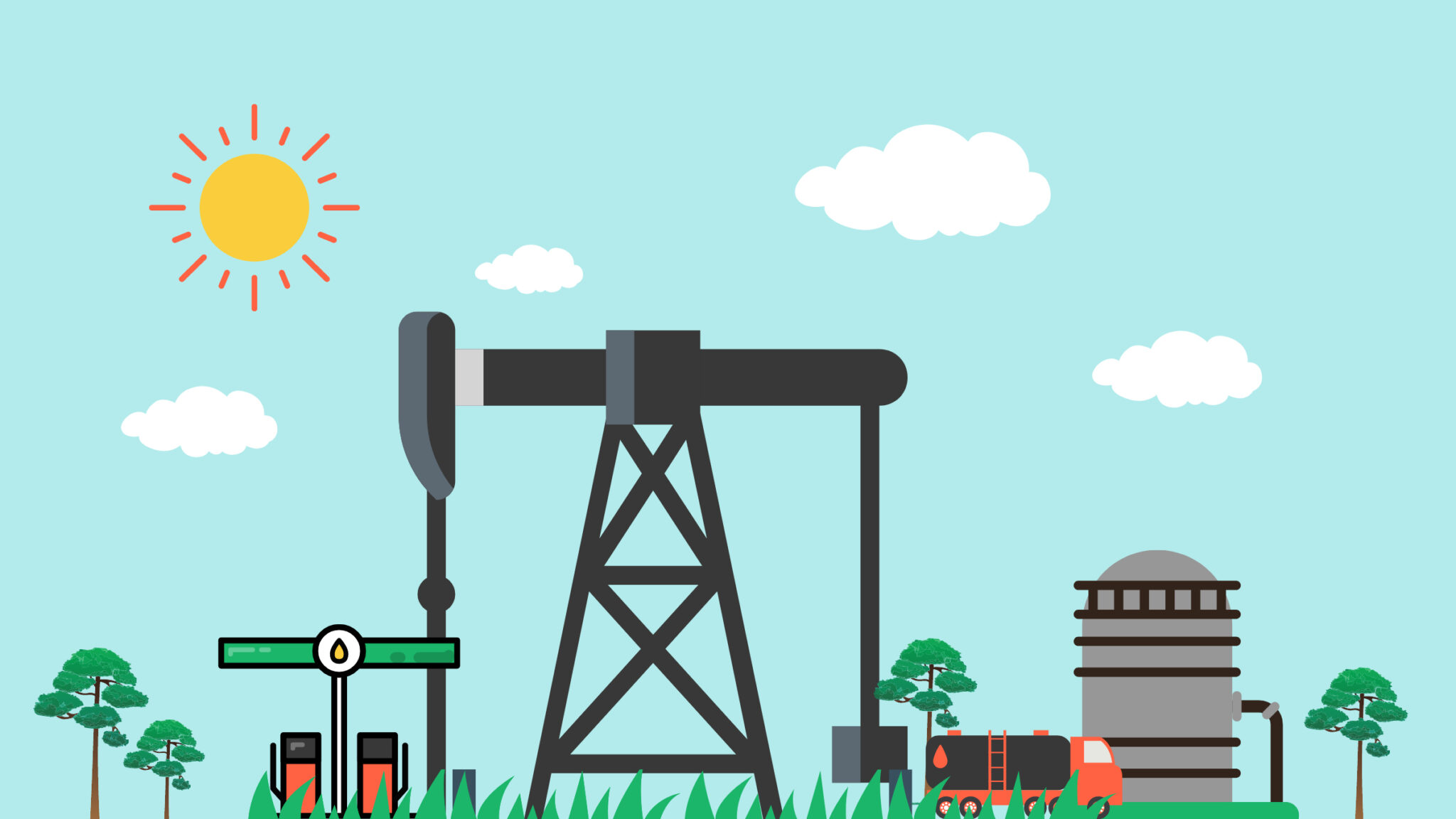India’s largest three oil-marketing companies – Indian Oil Corporation Ltd., Bharat Petroleum Corporation Ltd., and Hindustan Petroleum Corporation Ltd. – are expected to report a sequentially better September ended quarter owing to higher fuel consumption and inventory gains.
Inventory gains are owing to higher average crude prices, while higher fuel consumption is because lockdown rules were eased sequentially.
More on the factors impacting OMCs in Q2FY21
Brent crude – the Asian benchmark for oil – averaged higher in Q2FY21 on the back of supply cuts and a gradual easing of lockdown in some countries/regions which improved demand to some extent. In Q4FY20 and Q1FY21, crude had averaged lower due to global economic uncertainty because of the coronavirus outbreak and disintegration of the OPEC+ alliance which triggered an all-out price war between Saudi Arabia and Russia.
Generally, higher crude prices mean inventory gain for an oil marketing company. Oil refiners maintain an inventory. If the market price increases, refiners that bought the existing stock at lower prices end up selling through retail outlets at higher rates, and vice-versa.

In Q1FY21, though crude averaged much lower, inventory losses were limited, as crude prices were gaining throughout the quarter. From the start of the quarter, Brent Crude gained over 80% – posting its biggest quarterly gains since 1990. Such a move helped OMCs to sell the crude, purchased at lower prices, at higher rates in the market which limited the losses.
However, in Q2, all three OMCs could report an inventory gain as the average crude prices were higher than the value of the inventory at the end of Q1. The gains are expected to be the most for IOCL, while least for HPCL.

The Singapore GRM – the Asian benchmark – averaged around negative $0.02 per barrel in Q2FY21 – negative for the second consecutive quarter. GRMs were weak due to weaker product margins. Generally, lower gross refining margins means that the company will earn lower for converting a barrel of crude oil into fuel. In this case, negative means that the company is incurring a loss for refining every barrel of crude.
Despite a negative benchmark, Indian refiners would report positive margins due to inventory gains.

In Q2, the retail fuel prices have largely moved in tandem with the crude prices, thereby indicating that the gross marketing margins earned by the OMCs remained stable.
Gross marketing margin is the mark-up earned by the OMCs on sale of every litre of petrol and diesel. If crude – raw material – prices fall and retail prices remain the same or increase, then OMCs earn higher gross marketing margin and vice versa.
From the start of the quarter till now, petrol and diesel prices moved from ₹ 80.4 and ₹ 80.5 to ₹ 81.1 and ₹ 71.4, respectively. While crude prices remained around $42-43/bbl. The diesel prices appear to have seen a sharp fall, but that is because of a sharp cut in VAT rates by the Delhi government. On July 30, the Delhi Cabinet decided to reduce VAT on diesel from 30% to 16.75%. This reduced price of diesel in Delhi by ₹ 8.36 per litre.
Thus, on an average, throughout the quarter, gross marketing margins remained lower, but stable compared to last quarter. Gross marketing margins earned on the sale of every litre of petrol and diesel stood at ₹ 4.2 and ₹ 3.8, respectively in September ended quarter.

In Q1, while the crude prices were trending lower, retail prices remained the same, which helped the OMCs earned abnormally high gross marketing margin. Post-May 6 as government imposed higher taxes and retail fuel prices remain unchanged, most of this vanished. Despite the steepest hike in excise duty, retail fuel prices remained unchanged, as OMCs adjusted this against their earnings.
Also, the benefits of abnormally high gross marketing margin were limited as the lockdown announced in the country to limit the spread of COVID-19 impacted the fuel consumption. Fuel consumption in the country was lower when the margins were higher and when fuel consumption started to increase, as India eased lockdown, margins were lower.
However, in Q2, with stable margins, the fuel consumption also remained largely stable. In July and August, fuel consumption was lower than June but stable at around 84-88% of last year. The official data for the month of September is yet to be released but the lifting of lockdown as helped resume industrial activity and increase the movement of people helping the recovery of demand for petroleum fuel.
That’s expected to benefit HPCL and BPCL more as retail sale of fuel contributes nearly 60% and 40%, respectively, to their EBITDA.

Thus, in Q2, it would be the marketing segment that would be the key saviour for OMCs on the back of stable margins and sequentially higher fuel consumption.
Sequentially the reported earnings would be good for the OMCs owing to the factors mentioned above, but compared to last year, the numbers would still be lower in light of weak refining margins and marketing segment getting impacted due to low fuel consumption.
Going forward, the marketing segment would be the key to earnings growth for the OMCs. Since the deregulation of diesel prices in 2014, OMCs appear to have been using marketing margins as a tool to weather inventory losses or poor profitability in other segments. This is expected to be much more evident in the current financial year with an uncertain GRM outlook amid volatility in oil prices and product demand.
Moreover, the government would also require the OMCs to earn decent marketing margin as the same will be crucial for privatisation of BPCL to go through. There is also a possibility that the government would reduce excise duty which should be helpful to OMCs if there is a further meaningful spike in crude prices.
In the last three months, share prices of all the three listed oil marketing companies have declined in the range of 7-17% owing to weakness in gross refining margins, sharp drop in crude prices and lower demand due to lockdown. However, with demand recovering and marketing segment expected to be the key driver of earnings, HPCL could stand to gain more given its higher exposure to the marketing segment.
This article is for information and should not be considered as a recommendation to buy or sell any stock. For access to our premium research, model portfolios, and member community, subscribe to Capitalmind Premium. Use code CMPOFF10 to get 10% off regular price.




